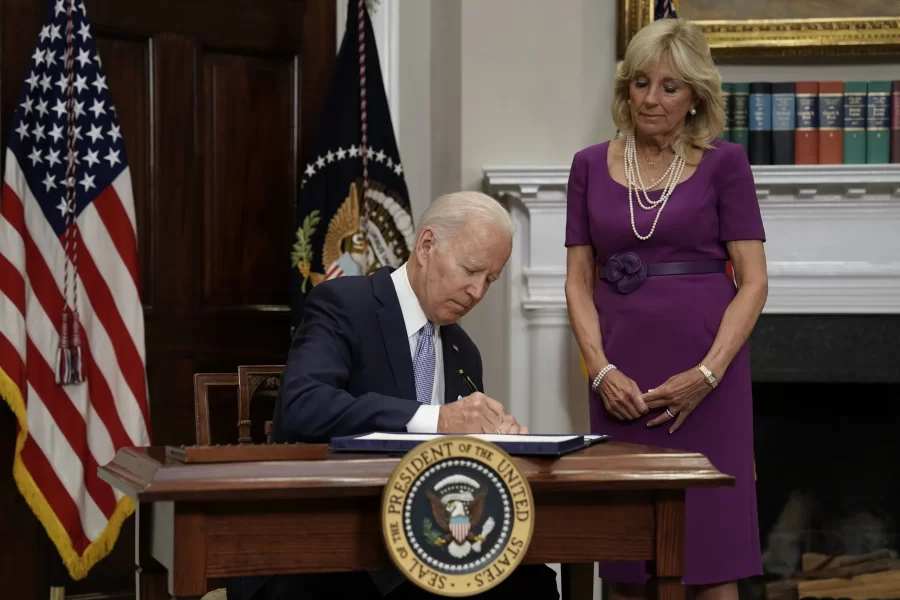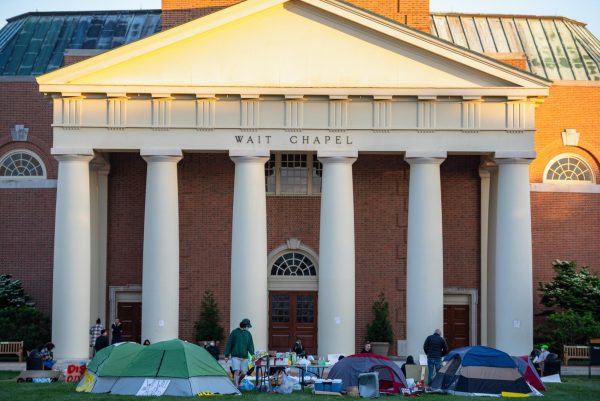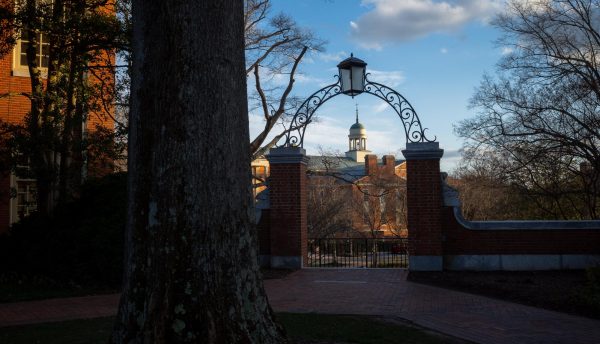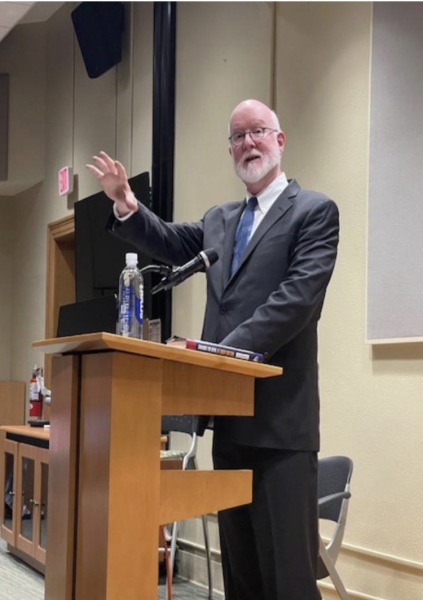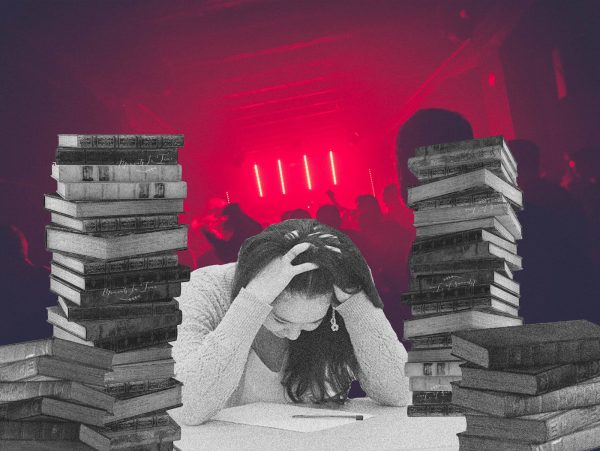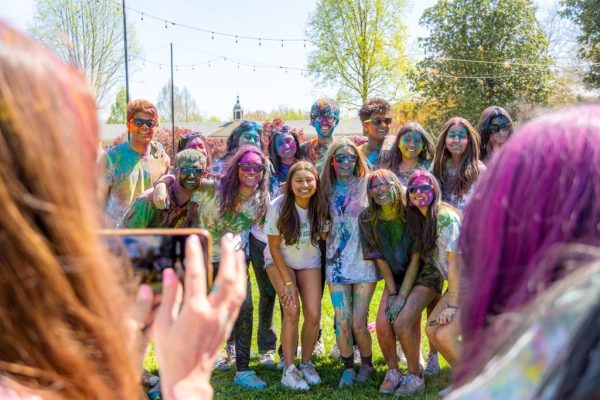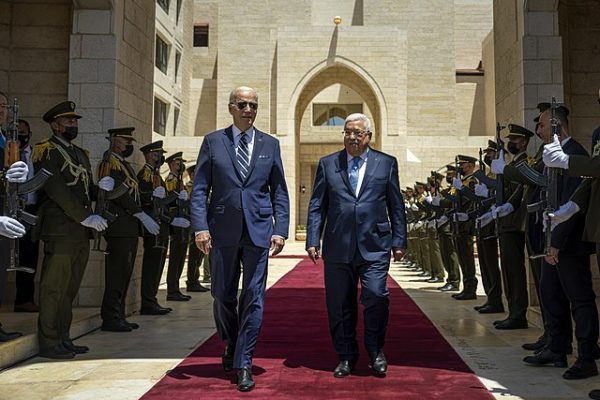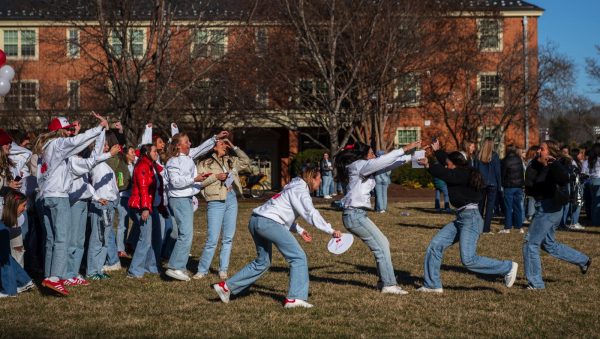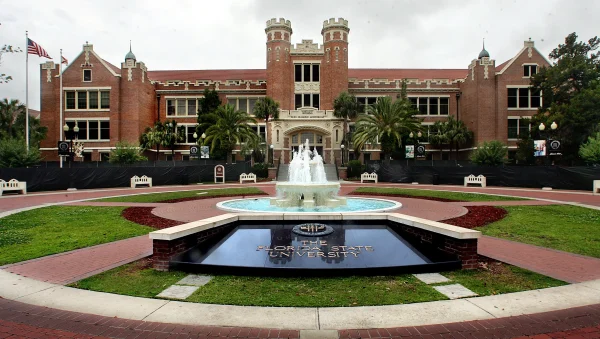One month after Uvalde, there is still work to be done
President Joe Biden signed bipartisan gun legislation today, but there is still more work to do
June 25, 2022
The United States is still largely recognized as a political, military and economic superpower. However, this so-called glory means little when parents can’t send their children to school without worrying that they’ll be shot.
Recently, the frequency of these tragedies has seemed to reach a fever pitch.
On May 24, 19 children and two teachers were killed by an 18-year-old gunman at Robb Elementary School in Uvalde, TX. According to CNN, this marks “the 30th shooting at a K-12 school in 2022”. These schools are no longer known for their rigorous curriculum and rich resources — instead they are remembered as crime scenes and burial grounds.
The scope and frequency of these massacres over the past 20 years have created public desensitization to homicide. When the deadly shooting happened at Mount Tabor High School this past September, it felt like all the “horror stories” I had heard about the United States before I came here had suddenly become a reality. My roommate told me, “yeah, welcome to America.”
While overwhelming exposure to the media coverage of these homicides is an important contributor to mass desensitization, the lack of authority response is another crucial factor. Many have come to believe that gun violence is a part of our national legacy that cannot be washed away and that it is embedded into the American system.
A potential assault can be halted during its planning stage, especially during the age of social media. Months before the Uvalde shooting took place, the shooter posted weaponry photos on Instagram. On the day of the shooting, he sent a private message to someone he had met online about his plan to kill his grandmother. Unfortunately, many people dumped their anger and confusion on this message recipient, a 15-year-old girl from Frankfurt, Germany, by speculating about her personal connection with the shooter. She subsequently deleted most of the content on her account, stating, “I don’t know him and I don’t even live in Texas.”
After the shooting, at least three teenagers were arrested for threatening a school shooting “like Texas” on social media. The youngest of these arrested individuals was 10 years old, around the same age as most of the victims at Robb Elementary School. The shooter, Salvador Ramos, had just recently turned 18 before he purchased the rifle. The gunman who killed 10 people in a Buffalo supermarket on May 14 — who, unlike Ramos, survived the attack — is also 18 years old. While it is unreasonable to conclude that social media is entirely responsible for radicalizing young people, these platforms provide both a private and a public domain for misguided teenagers to share and glorify their planned actions.
The public is angry — and tired of being angry. Most everyone is aware that “this is enough” — they are waiting for action.
Online platforms like Facebook, Rumble and Reddit claim that they are working on removing toxic content. However, this removal does not necessarily prevent these attacks from becoming reality. Only so much can be done to filter hate speech and harmful videos through a basic text-analysis algorithm. Leakage of users’ private information, which has long been one of many notorieties of social media, can be implemented as a policing force, but this introduces a whole new set of moral dilemmas.
Additionally, reactionary responses to the event seem to be inadequate. Considering the timeline of the attack, any argument related to “things happening too fast” cannot stand. The shooter had been on campus for nearly 1.5 hours before he was killed. He arrived at 11:28 a.m. and was shot at 12:50 p.m., according to The Texas Tribune. Children and teachers tried to connect with the police at least four times, while parents were begging for police to go after the shooter. Additionally, Newsweek reported that the parents that went in to try to save their kids are now facing threats from the police.
This response is disappointing. According to Col. Steven McCraw of the Texas Department of Public Safety, the Uvalde school police chief, Pete Arredondo, decided not to breach the classroom door and confront the gunman when the shooter was in the room with defenseless children.
The police lieutenant defended his decision during an interview with CNN on the same day, claiming that if the police had entered the school without knowing where the shooter was, they could have been shot. Among many other strategic and professional justifications for the delayed action, this is probably the worst one; it assumes cowardice and inexperience. Both work ethic and training as police should not have allowed this major lapse. Even under the premise that both children and officials will be put at risk once the police go after the shooter, there is no question of which group is in greater danger.
Was there a satisfactory response from the authorities when the community struggled to walk out from the trauma? Not yet. More infuriating details about the negligence of the police are flowing out, but no further security plan has been released, nor has there been any indication that the Uvalde Police will be held accountable.
President Joe Biden delivered an emotional address about the loss of the children but did not give any specific gun-control proposal.
Saturday, a bipartisan package highlighting a major gun reformation became law. The proposal includes a critical “Red Flag” Law that enables temporary suspension from using a gun for potentially dangerous individuals under judicial review and enhances the review process for gun buyers under 21 and school security resources. Biden noted that the package “does not do everything that I think is needed, but it reflects important steps in the right direction.”
However, there are many foreseeable issues with this package. The lack of detail concerning potential reform has discouraged many senators from expressing explicit support for the act. The package doesn’t reflect the expansion of background checks nor a minimum age for gun purchases, either.
Certainly, this type of reform takes time. Twenty-three years after the Columbine shooting, police are receiving training that is more specifically geared towards stopping these types of attacks. However, danger does not suddenly emerge from a giant breakage but from the minor loophole of law enforcement and social issues. These choices are often made as a result of isolated teenagers not receiving enough care and guidance, while social media platforms are not adequately monitoring signals of the criminal activities right under their noses. The police are not preparing themselves as if they will actually encounter such an event in real life. Changes have been made, but they are clearly not enough.
It is impossible to replace what the parents and children in Robb Elementary School have lost, just as it is impossible to deny the ugly history of school shootings in the United States. But on top of praying and redress, specific actions as small as identifying hate speech on Instagram can be taken. The public is angry — and tired of being angry. Most everyone is aware that “this is enough” — they are waiting for action.


